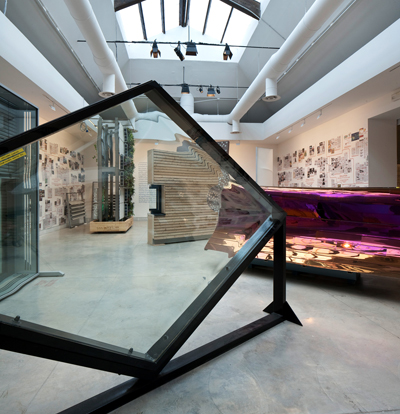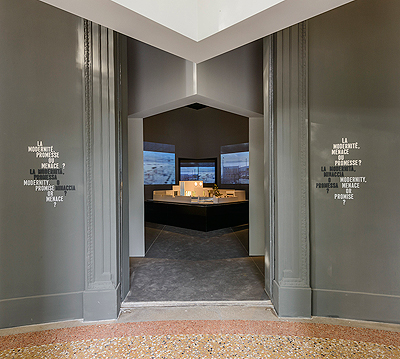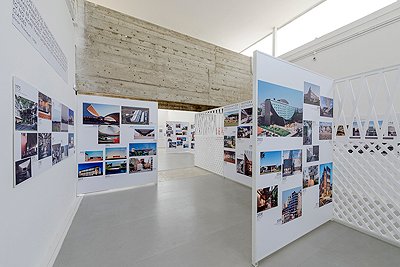
|
Icon picks its five favourite pavilions at the east Venetian gardens, from Russia’s witty assessment of its architectural history to the curator Rem Koolhaas’s own contribution The 14th Venice Architecture Biennale opens to the public tomorrow. The Dutch architect Rem Koolhaas has chosen the title Fundamentals and has asked each participating nation to address the theme: “Absorbing modernity 1914 – 2014”. Icon brings you its top picks from the Giardini. Great Britain: A Clockwork Jerusalem Curated by Sam Jacob of FAT and Crimson Architectural Historians, this exhibition (above) traces the story of British modernism from its origins in the industrial resolution. It is a witty, honest and compelling account of Britain’s chequered architectural history. Elements of Architecture at the central pavilion The central pavilion thematic exhibition explores 14 architectural elements. Here, Koolhaas lays open his approach to architecture – something akin to the collection at the Soane museum. The curators present a series of “micro-narratives” to uncover “not a single, unified history of architecture, but the multiple histories, origins, contaminations, similarities and differences between these objects”.
France: Modernity – promise or menace? Arranged around a model of the villa Arpel from the film Mon Oncle by Jacques Tati, the exhibition (below) asks questions about the legacy of modernism in France and the processes through which it was realised. With work by Jean Prouvé, Raymond Camus and many others, this is an earnest response to Koolhaas’s brief.
Brazil: Modernity as Tradition This exhibition (below) simply depicts the masterworks of Brazilian modern architecture in chronological order. It all appears a bit too easy for Brazil this year, and this uncritical and uncomplicated exhibition is a welcome respite from some of the more baffling contributions to the Biennale.
Russia: Fair Enough Russia presents an unexpectedly witty response to the central theme. Fair Enough is an expo, or trade fair, of ideas. Each stand in the pavilion displays a distinct moment or school of thought from Russian architectural history to create an eccentric, but fascinating exhibition about the modernisation of Russia. |
Words Owen Pritchard |
|
|



















